Background
The Post Entry Audit Group (PEAG) of the Bureau of Customs (BOC) was a body created in January 2003 under Executive Order No. 160. It was under the direct supervision and control of the Commissioner of Customs. Its primary functions were to conduct post entry audit examination, issue assessments, and process voluntary disclosure applications.
Under Executive Order No. 155 dated 18 October 2013, the PEAG was dissolved and its functions were transferred to the Fiscal Intelligence Unit (FIU) of the Department of Finance (DOF). However, the FIU was not very active in conducting post entry audits and we are not aware of any voluntary disclosure applications that have been approved during its time.
Reactivation of the PEAG
On 20 October 2017, the President issued Executive Order No. 46, which revived the PEAG and renamed as the Post Clearance Audit Group (PCAG). The post entry audit functions was returned to the BOC. The draft rules and regulations implementing the post entry audit process and voluntary disclosure program underwent several revisions and on 9 January 2019, the Secretary of the DOF signed the Customs Administrative Order (CAO) No. 01-2019.
Post Clearance Audit
Under CAO 01-2019, the PCAG may conduct an audit within three years from the date of final payment of duties and taxes or customs clearance. Prior to the start of the audit, the Commissioner must issue an Audit Notification Letter (ANL) to the importer identified for the audit. During the audit proper, the importer has the option to manifest its intention to avail of the Prior Disclosure Program (PDP), and the audit investigation may be deferred.
In case there are findings of deficiency duties and taxes, the PCAG will serve the Demand Letter to the importer. The importer may file either a Request for Reconsideration or a Request for Reinvestigation.
The PCAG shall resolve the request for reconsideration or reinvestigation. In the event that the resolution is adverse to the importer, the importer may appeal the decision of the PCAG to the Court of Tax Appeals.
Revised Rates of Penalties
An importer who is found to have incurred deficiency duties and taxes shall be subject to penalties. Below is the comparative table of penalties under the Tariff and Customs Code (TCC) and the Customs Memorandum and Tariff Act (CMTA):
| TCC | CMTA |
|---|---|
| Negligence – 50% to 200% | Simple Negligence / Inadvertent Error – 10% |
| Gross Negligence – 250% to 400% | Negligence – 125% |
| Fraud – 500% to 800% | Fraud – 600% |
| Interest – none | Interest – 20% per annum counted 15 days from receipt of demand letter |
Prior Disclosure Program
CAO 01-2019 also covers the Prior Disclosure Program (PDP), which used to be the Voluntary Disclosure Program back when the post entry audit functions of BOC were handled by the PEAG.
Under the new rules, an importer, without waiting for the issuance of an ANL, may avail of the PDP. An importer who has received an ANL may also avail of the PDP.
However, the following are not qualified for the PDP:
- Goods declarations which are subject of pending cases with any other Customs office;
- Goods declarations which are covered by cases already filed and pending in courts; and
- Goods declarations involving fraud.
- For importers who have not received an ANL, the duties and taxes will only be subject to legal interest of 20% per annum counted from the date of final assessment.
- For importers who have received an ANL, the duties and taxes will be subject to legal interest similar plus a penalty of 10% of the basic deficiency duties and taxes and legal interest.
- Additional duties paid due to adjustments made related to royalties are not subject to penalties and legal interest provided that the PDP is filed within 30 days from date of payment or accrual of subsequent proceeds.
Now that the new rules and regulations on post clearance audit have been issued, we expect that the BOC, through the PCAG, will be more active in conducting post clearance audits. In view of this, we recommend that companies engaged in import activities start preparing its records and reconciliation schedules in preparation for a possible audit. Importers may also consider conducting a Customs Compliance Review or a Custom Health Check in order to determine any adverse risk and potential exposure.
Importers that have determined a potential exposure on importations made within the last three years may also consider filing an application for PDP.

